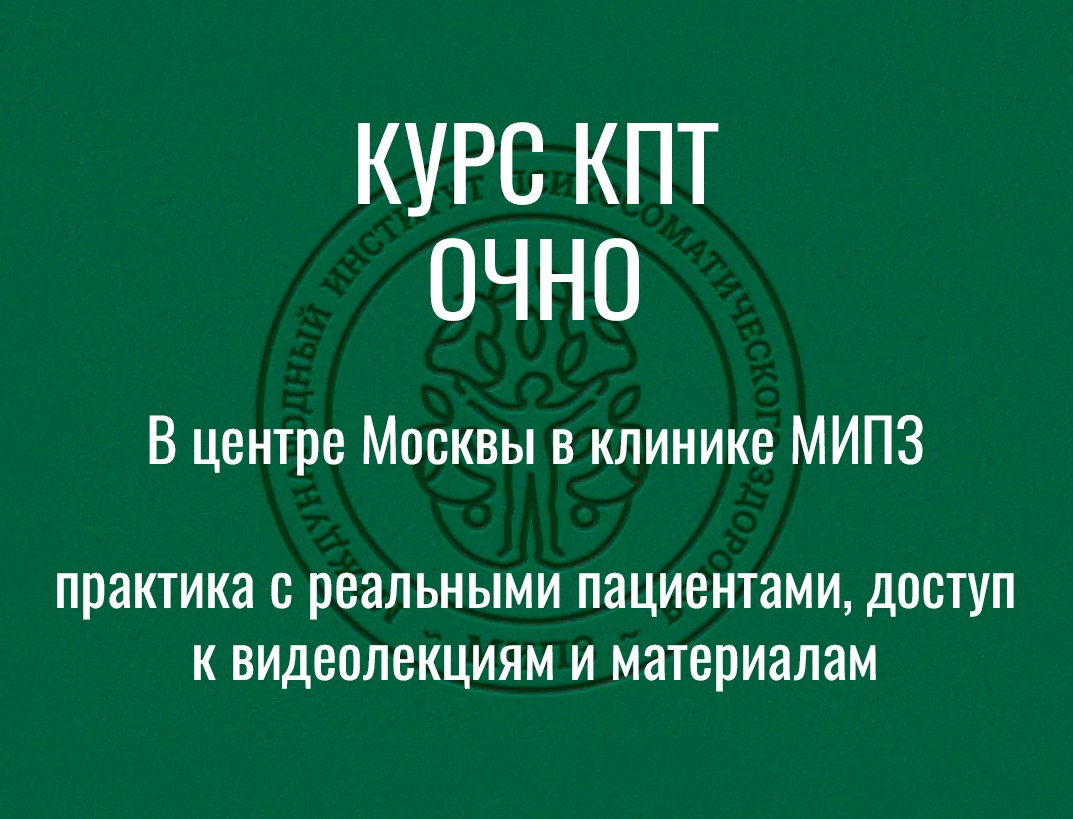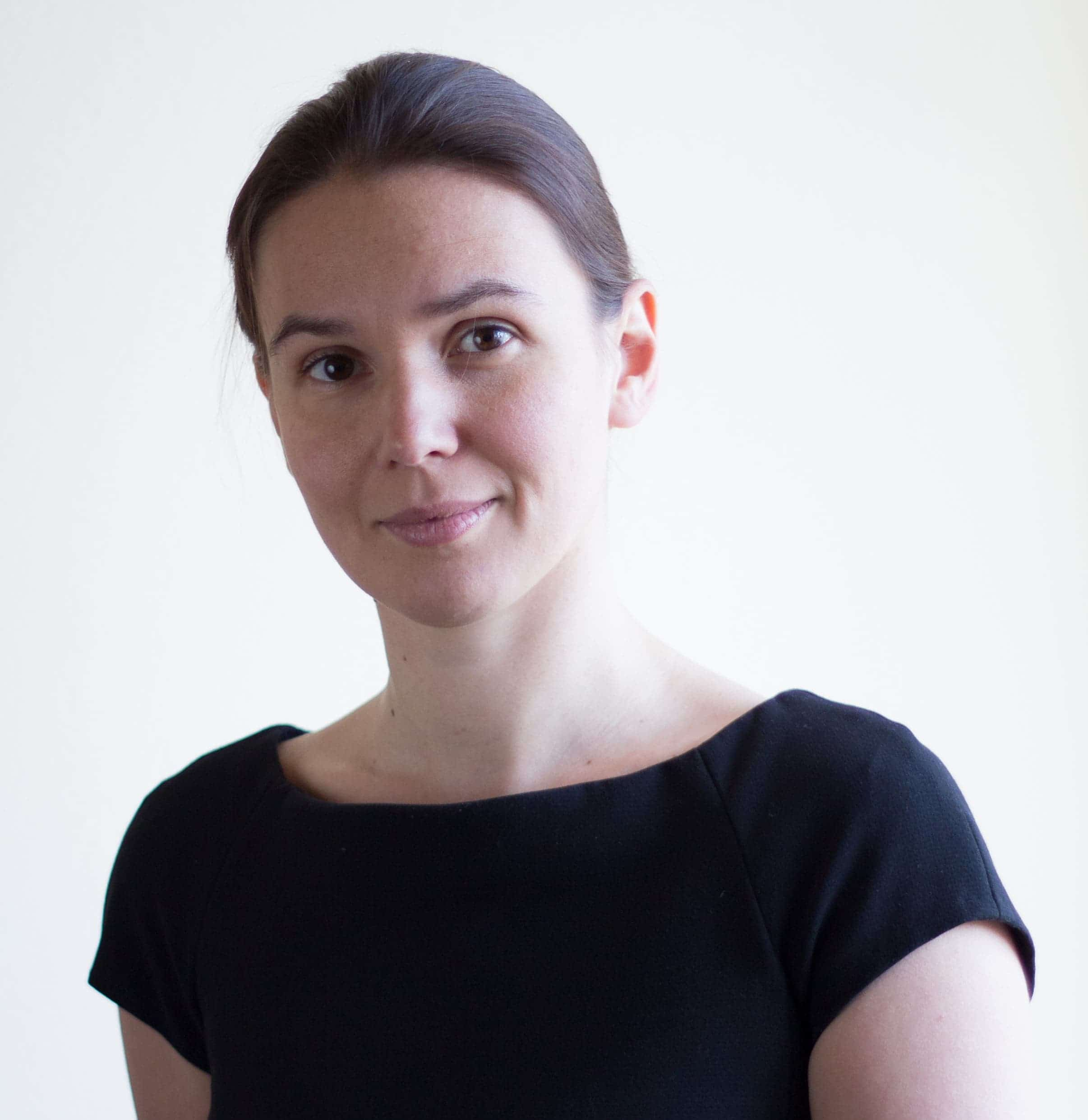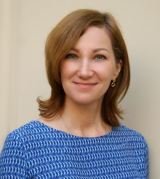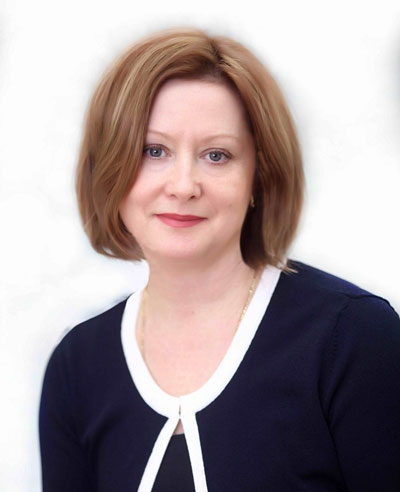- Инсомния: современные диагностические и лечебные подходы, под ред. Я.И.Левина. М., 2005. – 115 с.
- МКБ-10: Международная статистическая классификация болезней и проблем, связанных со здоровьем. Татарстан, Медицина, 2003 / http://www.mkb10.ru/?class=5&bloc=69&diag=3257
- Молдовану И. В. Нейрогенная гипервентиляция и вегетативная дистония: Автореф. дис. … докт. мед. наук. М., 1991.
- Тарабрина Н.В. Практикум по психологии посттравматического стресса. СПб, Питер, 2001.
- Тхостов А.Ш. Психология телесности. М., 2002.
- Тхостов А.Ш., Елшанский С.П. Методическое пособие по применению теста «Выбор дескрипторов интрацептивных ощущений» для исследования особенностей вербализации внутреннего опыта. М., 2003. – 24 с.
- Alapin I., Libman E., Bailes S., Fichten C.S. (2003) Role of Nocturnal Cognitive Arousal in the Complaint of Insomnia Among Older Adults / Behavioral Sleep Medicine, 1(3), pp 155-170.
- Bastein C, Vallieres A, Morin C (2001) Validation of the Insomnia Severity Index as an Outcome Measure for Insomnia Research / Sleep Med, 2, pp 297-307.
- Brostroem A., Stroemberg A., Dahlstroem U. & Fridlund B (2004) Sleep Difficulties, Daytime Sleepiness, & Health-Related Quality of Life in Patients With Chronic Heart Failure / Journal of Cardiovascular Nursing, 19, 4, pp 234-242,
- Harvey K., Espie C. (2004) Development and Preliminary Validation of the Glasgow Content of Thoughts Inventory (GCTI): A new Measure for the Assessment of Pre-Sleep Cognitive Activity / British Journal of Clinical Psychology, 43 – pp 409-420.
- Insomniacs Have Higher Rate of Absence (2006) / Occupational Health, 58, Issue 3.
- Ishigooka J., Suzuki M, Isawa S., Muraoka H., Murasaki M., Okawa M. (1999) Epidemiological Study on Sleep Habits and Insomnia of new Outpatients Visiting General Hospitals in Japan / Psychiatry and Clinical Neuroscience, 53 – pp 515-522.
- Morgan K. (2003) Daytime Activity and Risk Factors for Late-Life Insomnia / J.Sleep Res., 12, pp 231-238.
- Morin C.M. (1993) Insomnia: psychological assessment and management. New York: Guilford Press.
- Nelson J. & Harvey A.G. (2003) An Exploration of Pre-Sleep Cognitive Activity in Insomnia: Imagery and Verbal Thoughts / British Journal of Clinical Psychology, 42, pp 271-288.
- Principles and Practice of Sleep Medicine (2005) (Eds) M.Kryger, T.Ross, W.Dement. Philadelphia – pp 547-575, 615-622, 714-746, 1297-1349.
- Savard M.-H., Savard J., Simard S. & Ivers H. (2005) Empirical Validation of the Insomnia Severity Index in Cancer Patients / Psycho-Oncology, 14, pp 429-441.
- Savard, J., Simard, S., & Morin, C. (2006) Insomnia / In A. Nikcevic, A. Kuczmierczyk, & M. Bruch (Eds) Formulation and treatment in clinical health psychology. London: Routledge, pp 61-86.
- Varkevisser M. & Kerkhof G.A. (2005) Chronic Insomnia and Performance in a 24-h Constant Routine Study / J. Sleep Res., 14, pp 49-59.
- Vincent N., Sande G., Read C., Giannuzzi T. (2004) Sleep Locus of Control: Report on a New Scale / Behavioral Sleep Medicine, 2 – pp 79-93.
- Yamaguchi N., Matsubara S., Momonoi F., Morikawa K., Takeyama M. & Maeda Y. (1999) Comparative Studies on Sleep Disturbance in the Elderly Based on Questionnaire Assesments in 1983 and 1996 / Psychiatry and Clinical Neurosciences, 53, pp 261-261.
Выводы – Предыдущая|Следующая – Приложение 1
Шкала дисфункциональных убеждений в отношении сна. Содержание





.jpg)
.jpg)
.jpg)
















